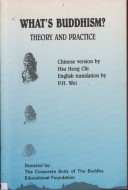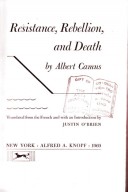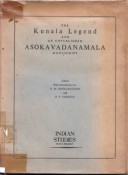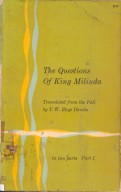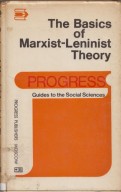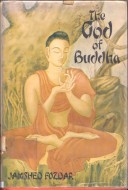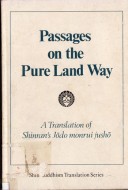Tìm Sách
Sách tiếng Anh-English >> The Buddha and His Teachings
Thông tin tra cứu
- Tên sách : The Buddha and His Teachings
- Tác giả : Narada
- Dịch giả :
- Ngôn ngữ : Anh
- Số trang : 721
- Nhà xuất bản : The Corporate Body of the Buddha Education Foundation
- Năm xuất bản :
- Phân loại : Sách tiếng Anh-English
- MCB : 12100000011564
- OPAC :
- Tóm tắt :
INTRODUCTION
Many valuable books have been written by Eastern and Western scholars, Buddhists and non-Buddhists alike, to present the life and teachings of the Buddha to those who are interested in Buddhism.
Amongst them one of the most popular works is still The Light of Asia by Sir Edwin Arnold. Many Western truth-seekers were attracted to Buddhism by this world- famous poem.
Congratulations of Eastern and Western Buddhists are due to the learned writers on their laudable efforts to enlighten the readers on the Buddha-Dhamma.
This new treatise is another humble attempt made by a member of the Order of the Sangha, based on the Pali Texts, commentaries, and traditions prevailing in Buddhist countries, especially in Ceylon.
The first part of the book deals with the Life of the Buddha, the second with the Dhamma, the Pali term for His Doctrine.
The Buddha-Dhamma is a moral and philosophical system which expounds a unique path of Enlightenment, and is not a subject to be studied from a mere academic standpoint.
The Doctrine is certainly to be studied, more to be practised, and above all to be realized by oneself.
Mere learning is of no avail without actual practice. The learned man who does not practise the Dhamma, the Buddha says, is like a colourful flower without scent.
He who does not study the Dhamma is like a blind man. But, he who does not practise the Dhamma is comparable to a library.
CONTENTS
Introduction
THE BUDDHA
- The Buddha—From Birth to Renunciation
- His Struggle for Enlightenment
- The Buddhahood
- After the Enlightenment
- The Invitation to Expound the Dhamma
- Dhammacakkaopavattana Sutta—The First Discourse
- The Teaching of the Dhamma
- The Buddha and His Relatives
- The Buddha and His Relatives (continued)
- The Buddha’s Chief Opponents and Supporters
- The Buddha’s Royal Patrons
- The Buddha’s Ministry
- The Buddha’s Daily Routine
- The Buddha’s Parinibbana (Death)
THE DHAMMA
THE TEACHINGS OF THE BUDDHA
- What is Buddhism?
- Some Salient Characteristics of Buddhism
- The Four Noble Truths
- Kamma
- What is Kamma?
- The Working of Kamma
- Nature of Kamma
- What is the Origin of Life?
- The Buddha on the so-called Creator-God
- Reasons to Believe in Rebirth
- The Wheel of Life—Paticca-Samuppdda
- Modes of Birth and Death
- Planes of Existence
- How Rebirth Takes Place
- What is it that is Reborn? (No-Soul)
- Moral Responsibility
- Kammic Descent and Kammic Ascent
- A Note on the Doctrine of Kamma and Rebirth in the West
- Nibbana
- Characteristics of Nibbana
- The Way to Nibhana (I)—Morality
- The Way to Nibbana (II)—Concentration
- Nivarana or Hindrances
- The Way to Nibbana (III)—Insight
- The State of an Arahant
- The Bodhisatta Ideal
- Parami—Perfections
- Brahmavihara—The Sublime States
- The Eight Worldly Conditions (Atthalokadhamma)
- The Problems of Life
Appendix—Man gala. Parabhava. Vasala, Ratana, Mena and Satipatlliana Suttas
Index
 Facebook
Facebook
 Google
Google
 Google+
Google+

_thumb.jpg)
